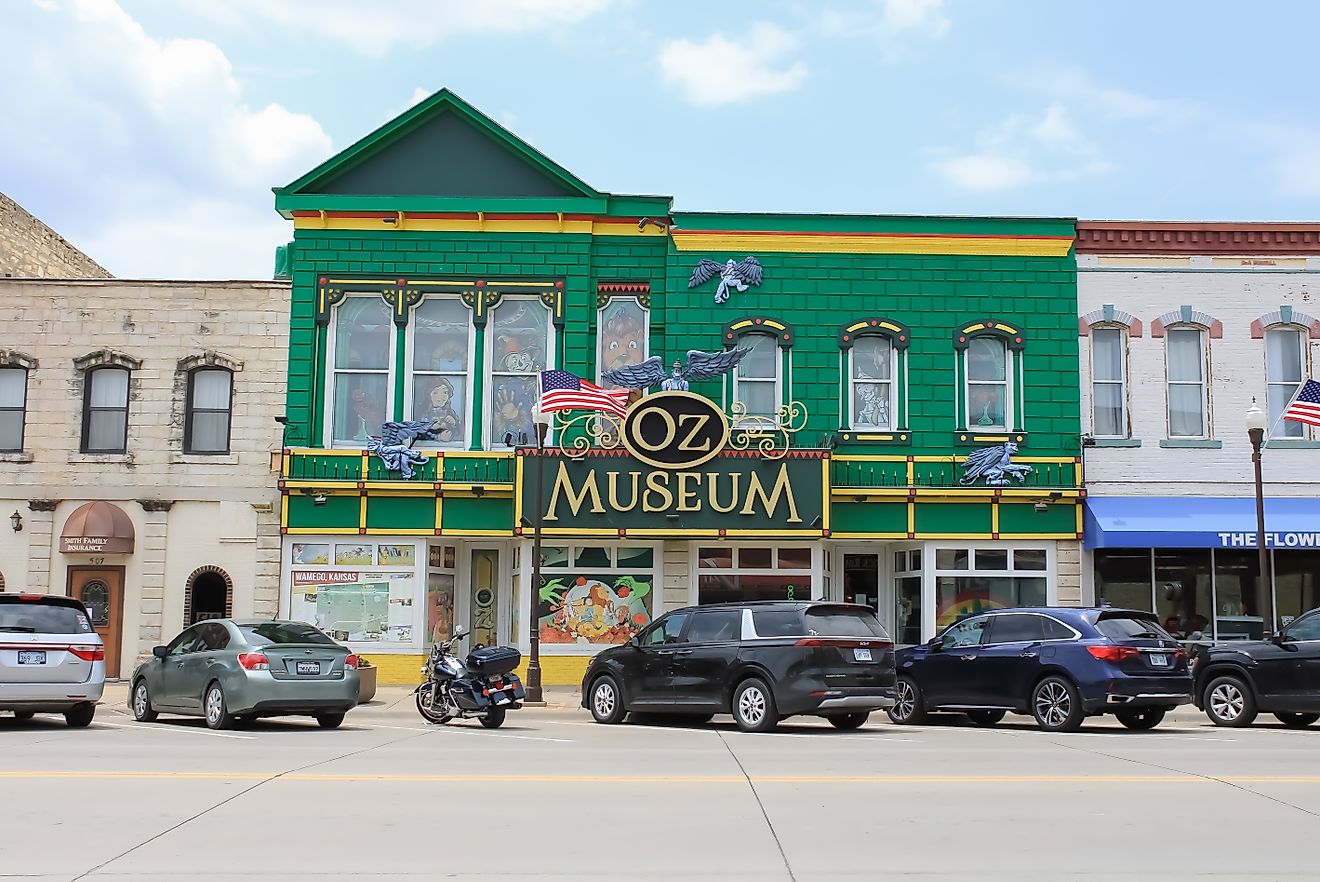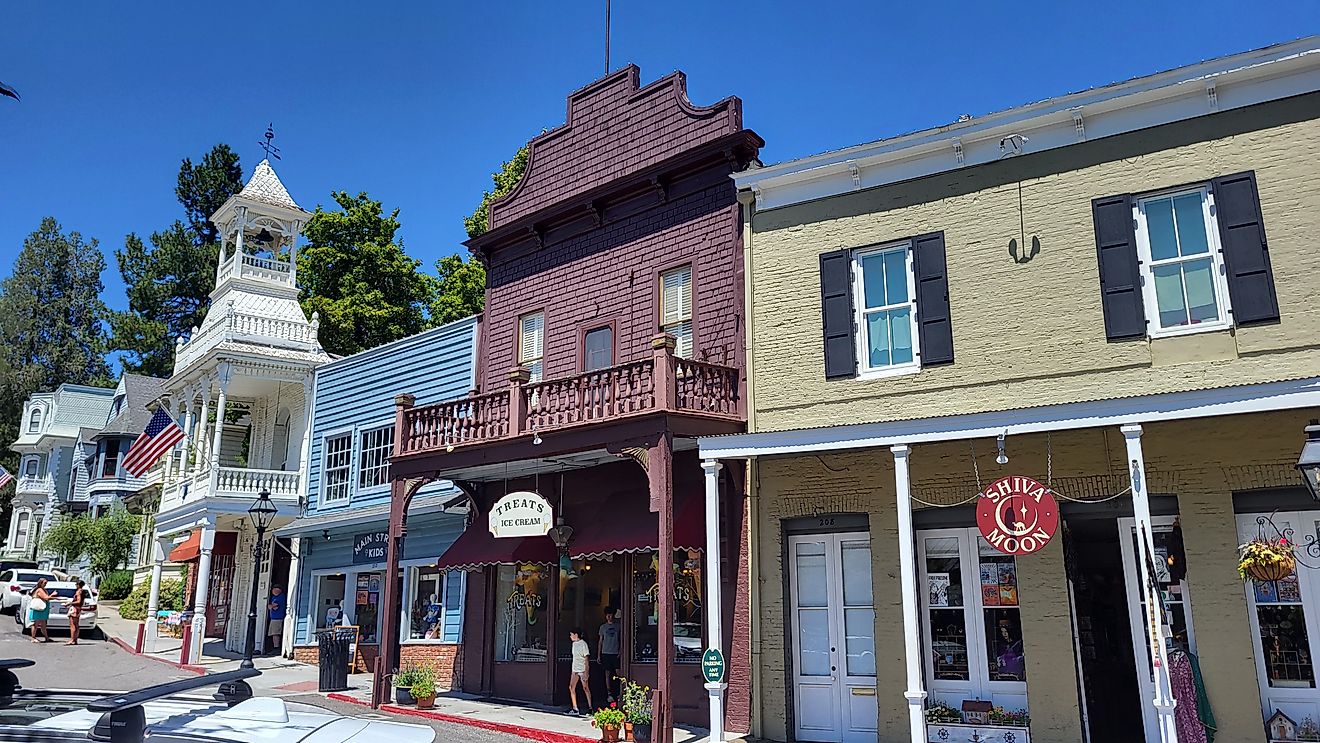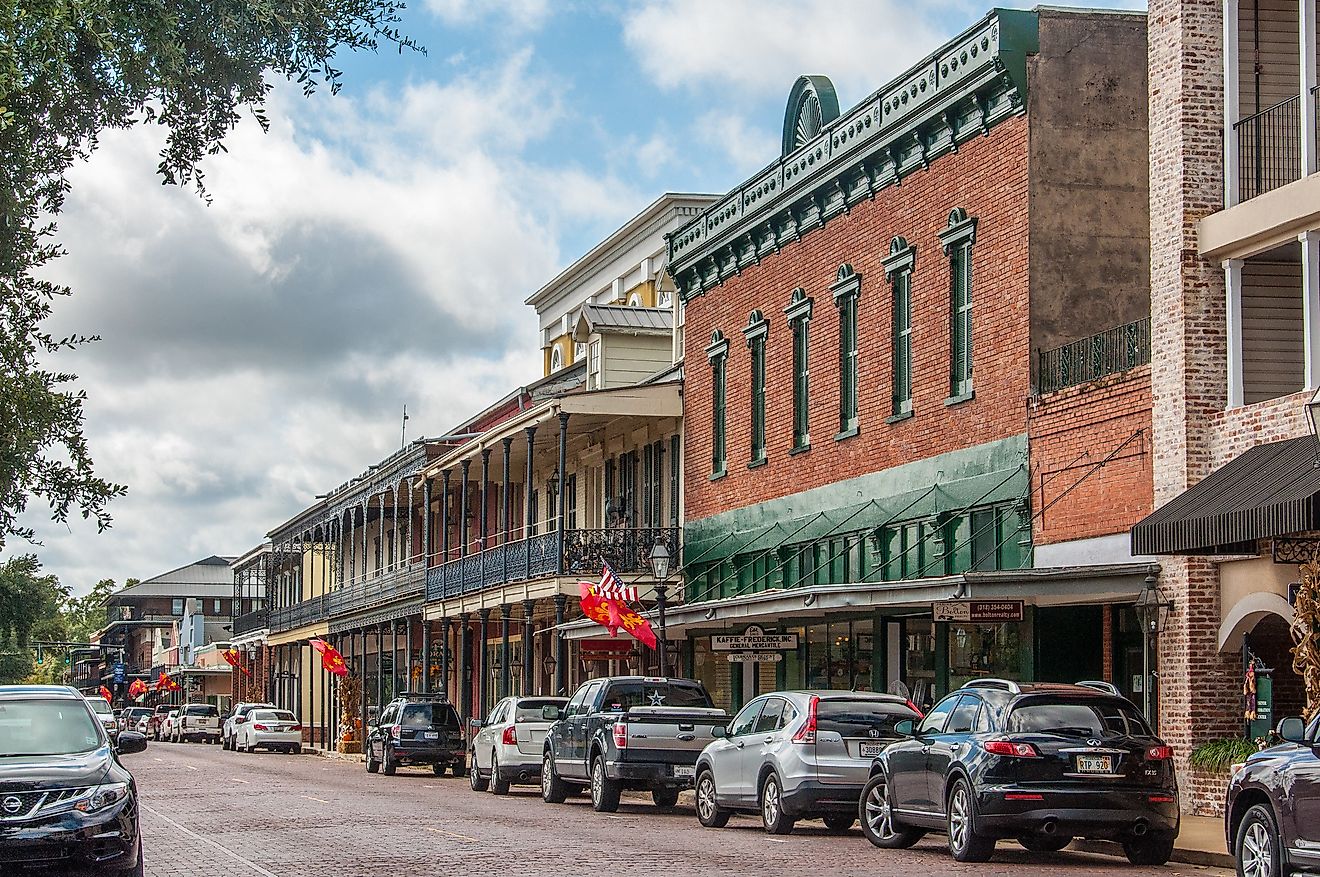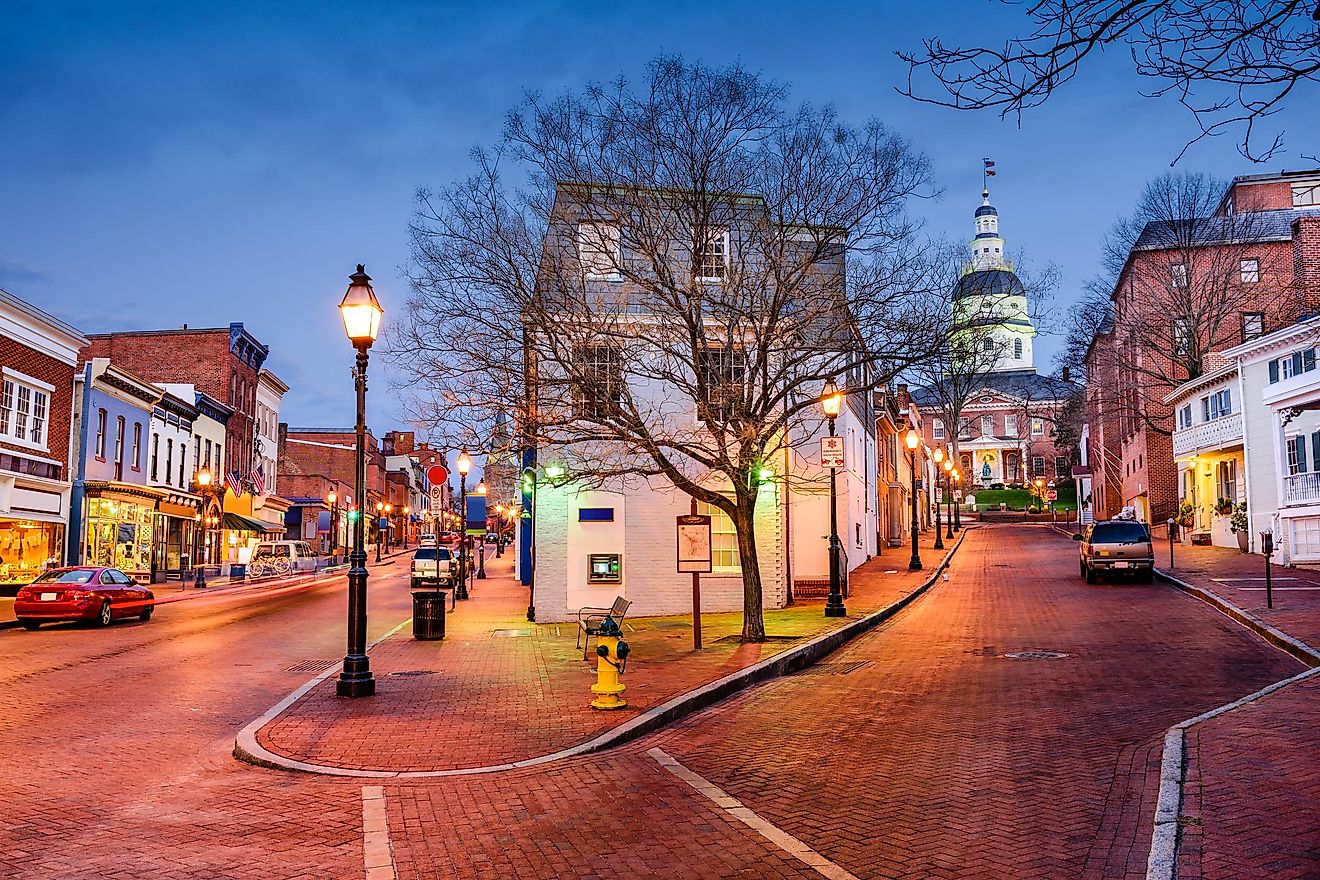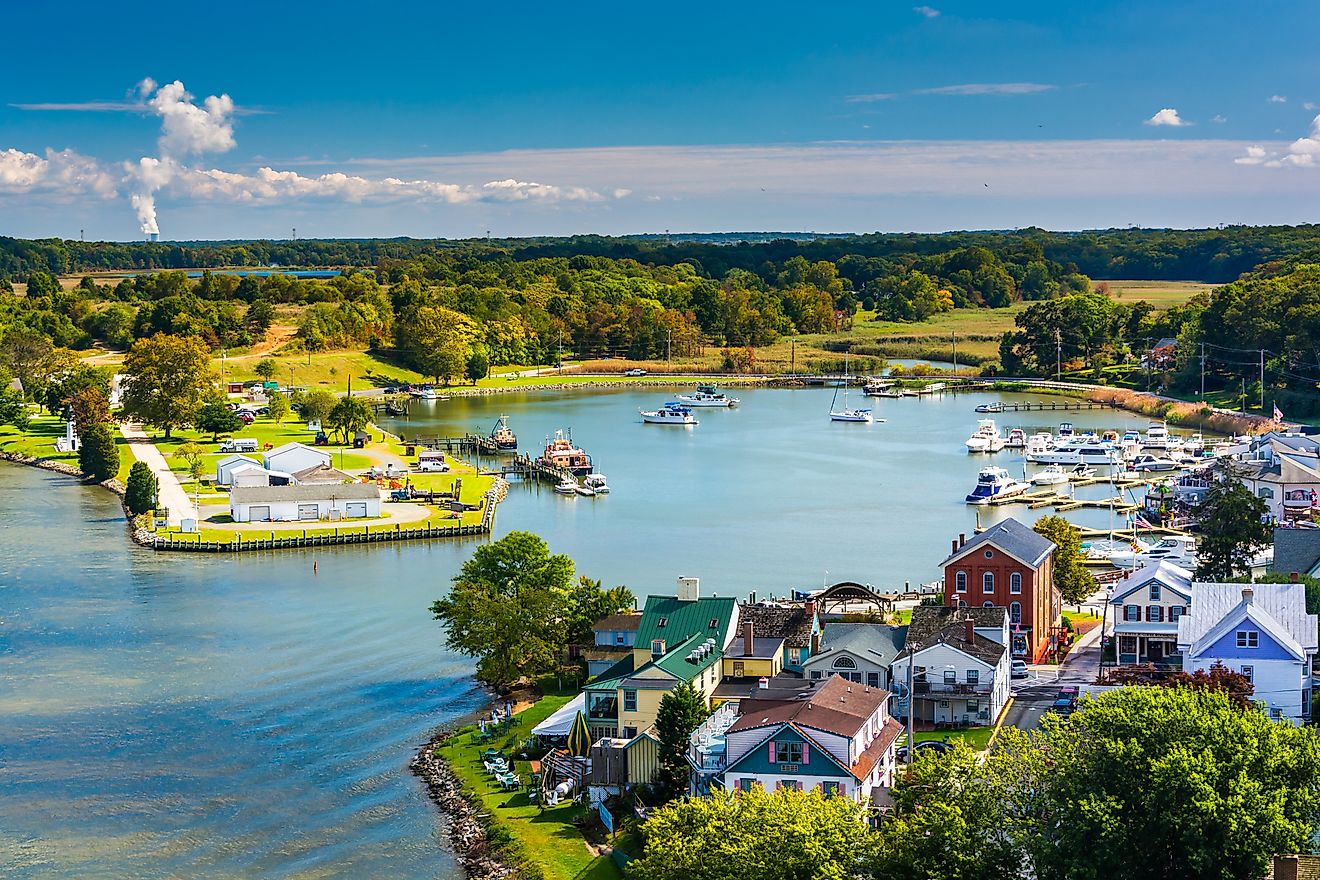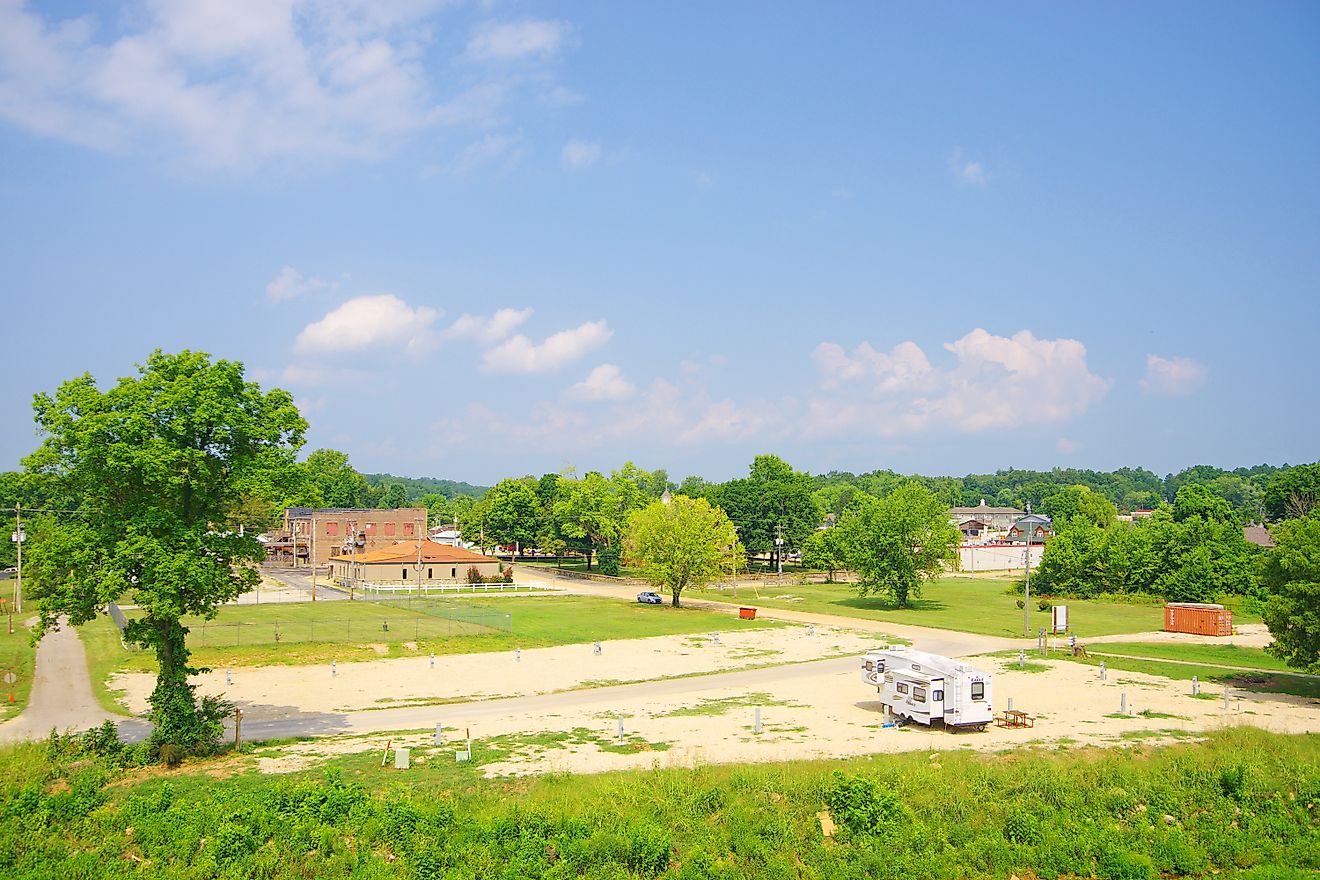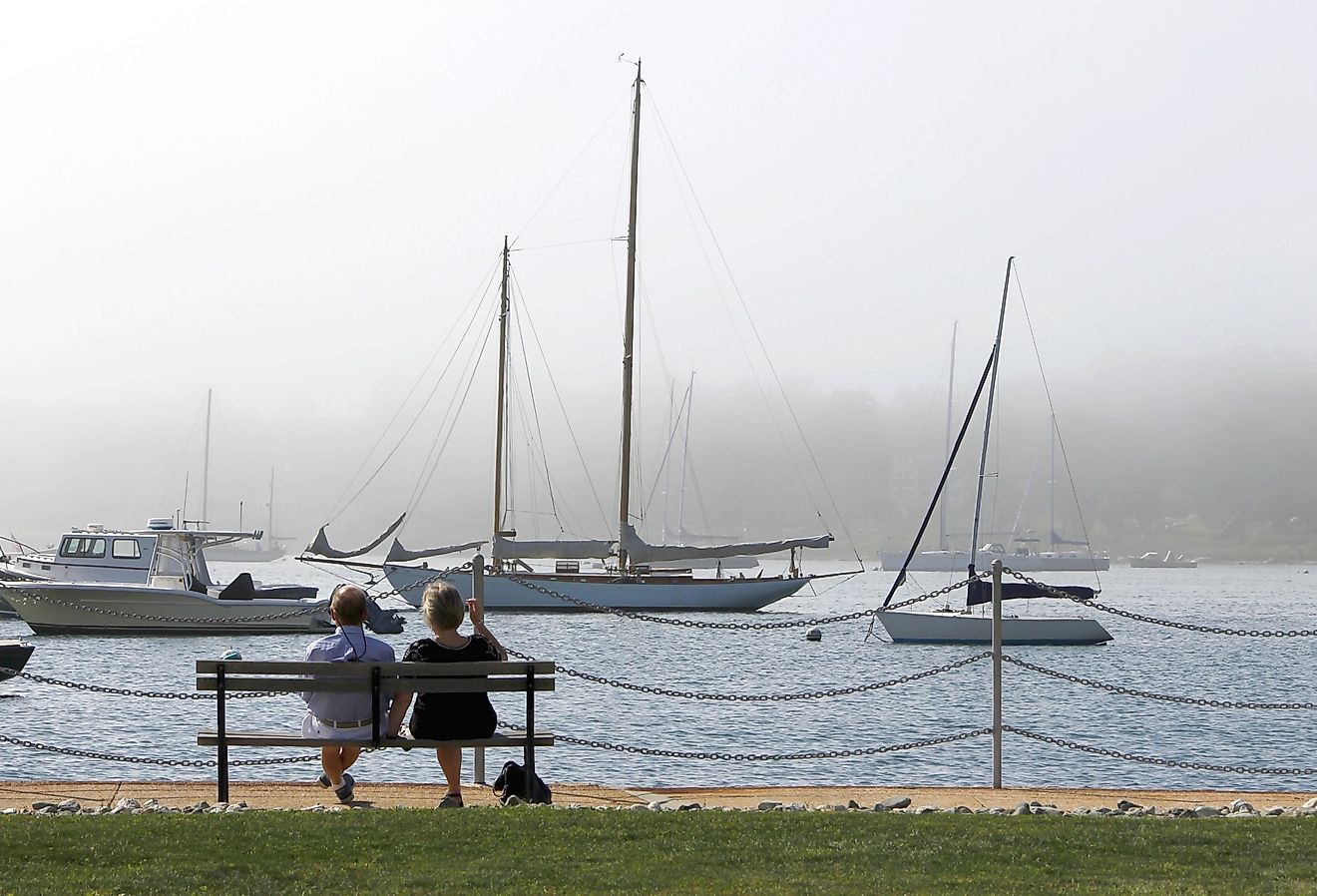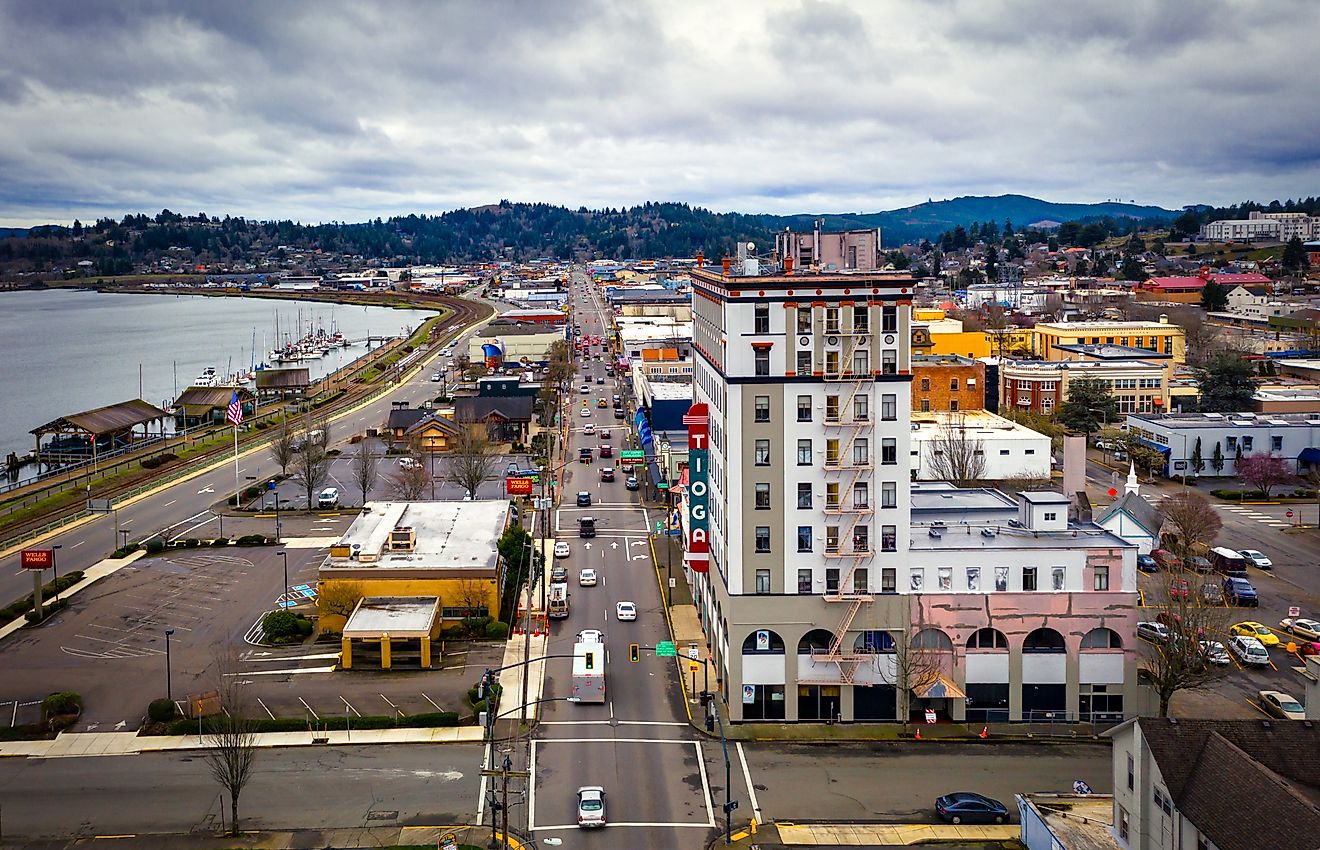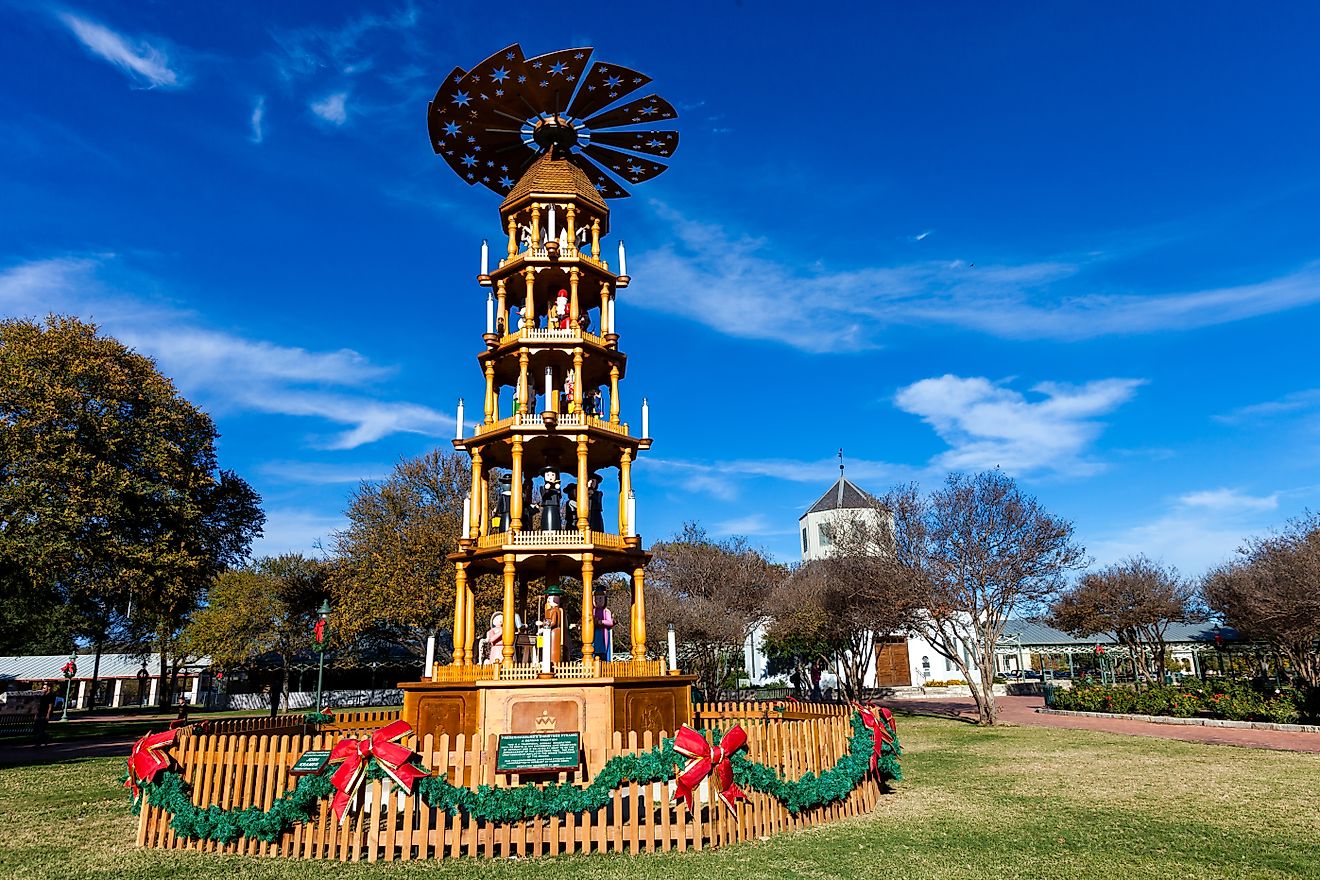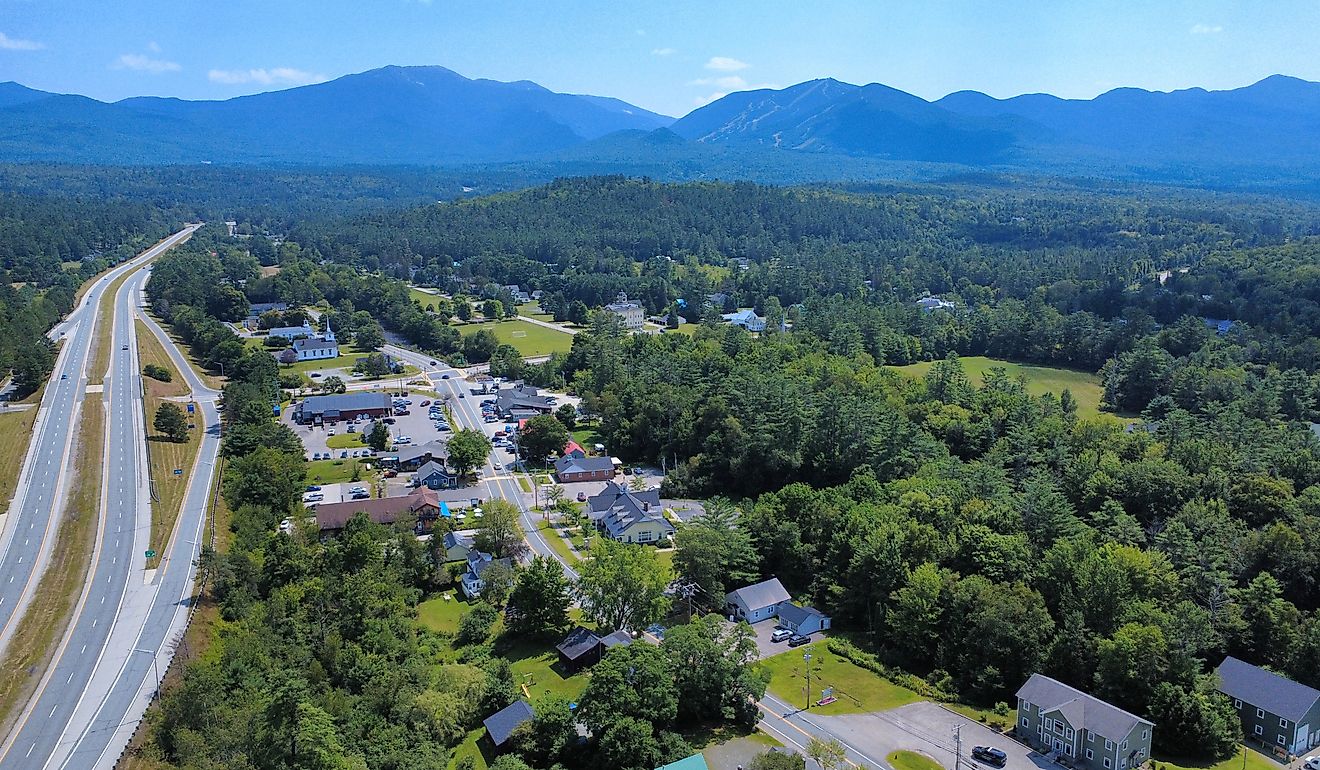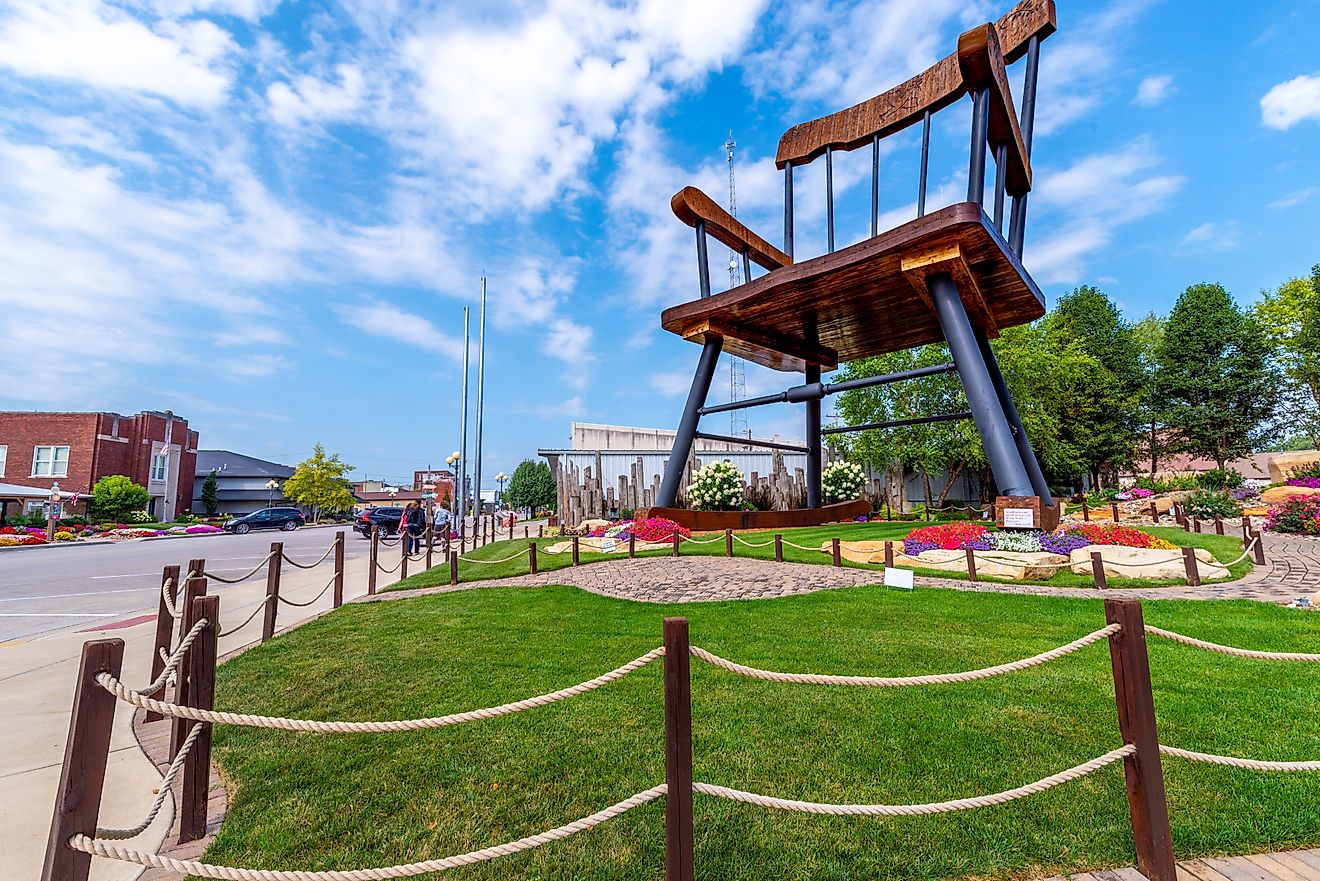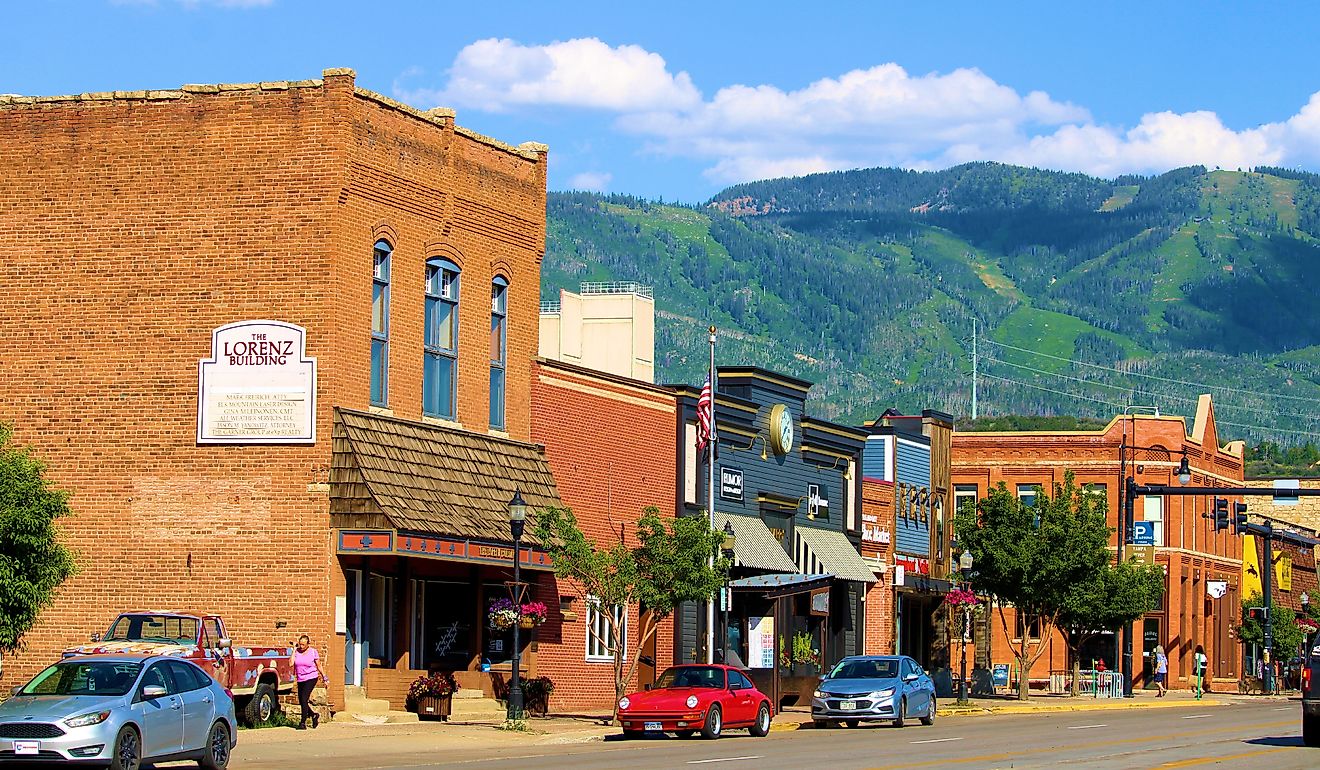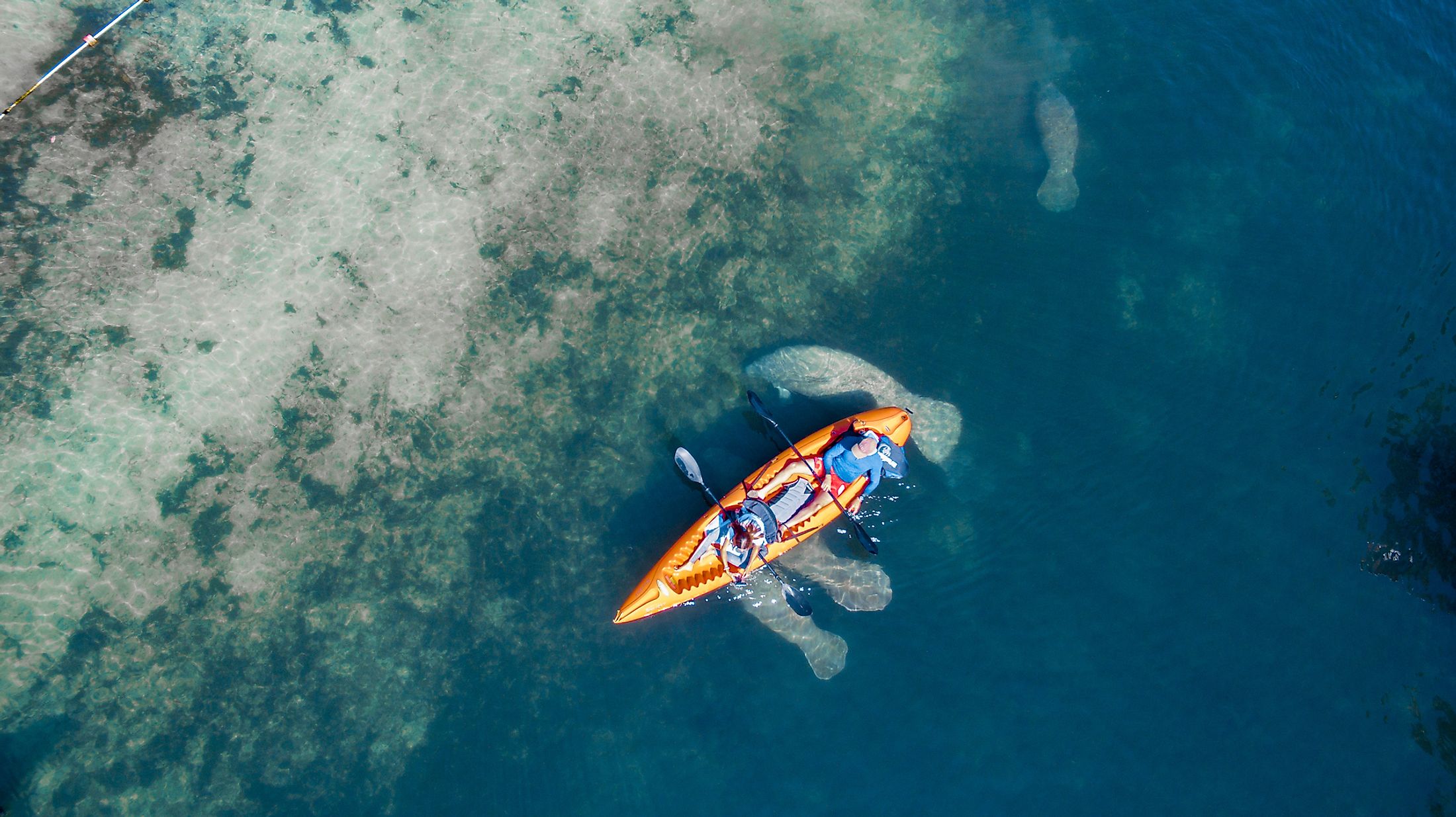
Crystal River, Florida
Crystal River is a small city located in Citrus County in the US State of Florida. The city of Crystal River forms the heart of Florida's Nature Coast. The city is situated around Kings Bay, a spring-fed bay that maintains a constant 22 °C temperature throughout the year. During winter, more than 400 manatees are found in Kings Bay and is the only place in the entire United States where people can interact with these manatees in their natural conditions. Incorporated in 1903, the city of Crystal River is also nicknamed "Manatee Haven."
Geography Of Crystal River
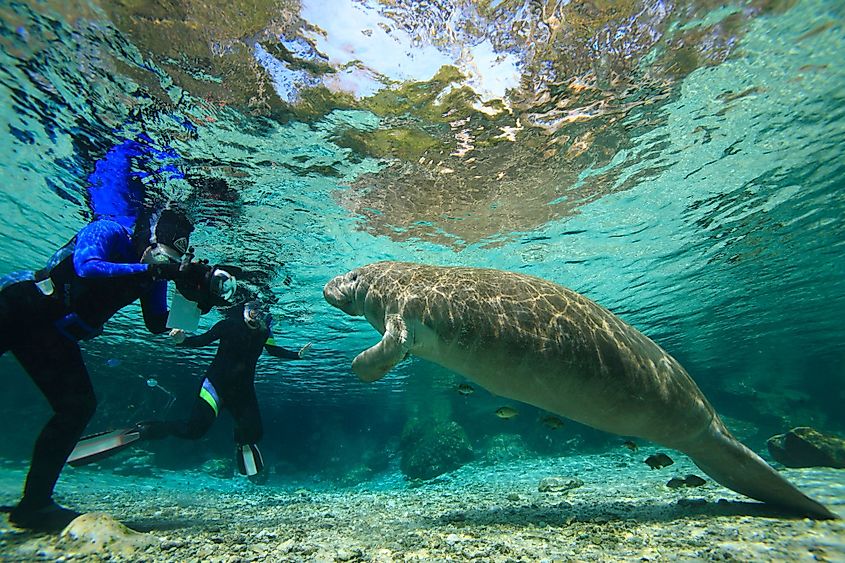
The city of Crystal River covers a total area of 17.7 sq. km, of which 1.7 sq. km is occupied by water and 16.0 sq. km is occupied by land. The city is located on the northeastern side of Kings Bay and the Crystal River, an arm of the Gulf of Mexico. The U.S. Route 19 and the U.S. Route 98 highways run through the heart of the city and lead about 11km south to the unincorporated community of Homosassa Springs and about 74km north to the city of Chiefland. The State Road 44 highway leads 27km east to the city of Inverness.
Population Of Crystal River
Crystal River, Florida, was home to 3,129 people with a median age of 56.8 in 2019. The majority of the residents in Crystal River are considered White, and in 2019, there were 9.8 times more White residents than any other race or ethnicity. The largest ethnic groups in the city are non-Hispanic White representing up to 85.5% of the city’s population, Black or African American at 8.66%, Two or more races at 2.84%, Hispanic at 1.37%, and Native Hawaiian & Other Pacific Islander at 1.09%. Nearly 98% of residents are U.S. citizens, and 5.05% were born outside the country. In 2019, the most common birthplace for foreign-born residents of Florida was Cuba, followed by Haiti and Colombia. Despite the diverse population and home of the residents, all households in Crystal River speak English as their primary language.
Economy Of Crystal River
The median household income in Crystal River is only $24,225. Although Florida has an income inequality that is lower than the national average (0.43 measured by Gini index), males have an average income that is 1.34 higher than the average income of females. The economy of Crystal River employs around one-third of the city’s population in different industries, but the largest ones are Health Care & Social Assistance, Retail Trade, and Accommodation & Food Services. However, Finance & Insurance & Real Estate & Rental & Leasing, and Educational Services are the highest paying industries in Crystal River.
Tourist Attractions In Crystal River
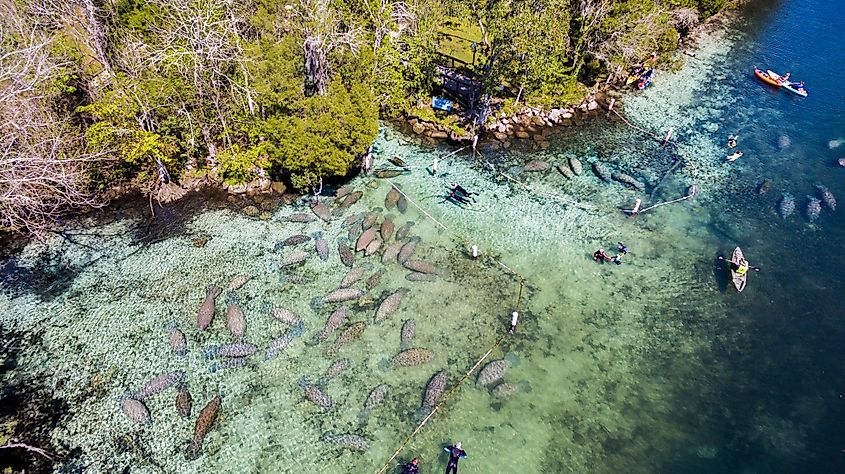
Crystal River National Wildlife Refuge is a 0.32 sq. km refuge area that is only accessible via boat and was established in 1983 as a protected habitat for the endangered West Indian manatee. Today, the refuge protects 20 barrier islands, and visitors go there for different recreational activities, including fishing on the refuge artificial lake, paddling, photography, and boating.
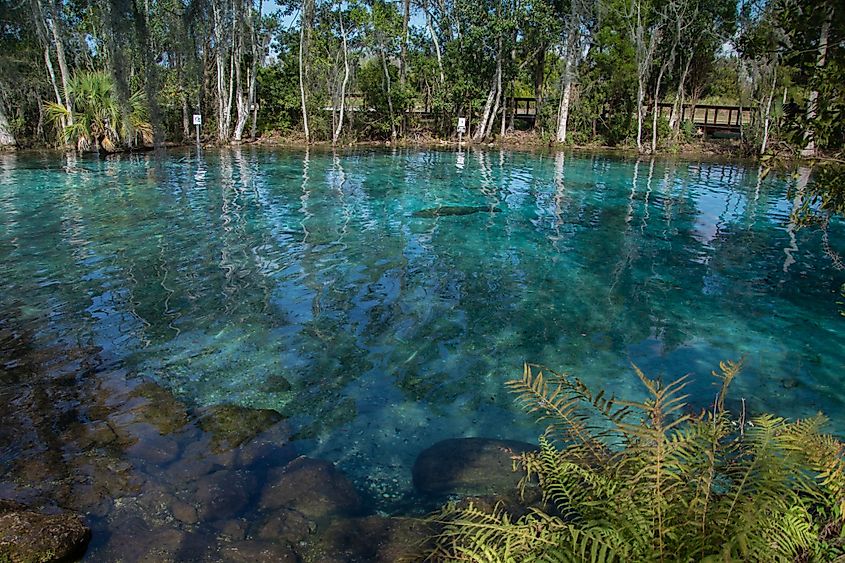
Tourists also enjoy the Three Sisters Springs when they visit Crystal River. The Three Sisters Springs are a trio of beautiful springs within the Crystal River National Wildlife Refuge and open to the public only between November and March. The preserve is a significant habitat for endangered manatees in Citrus County. Visitors can view the manatee and other native wildlife. The Crystal River State Archeological Site is a United States National Historic landmark and protects a complex of six significant indigenous mounds. The mounds provide evidence of the region’s history as one of Florida’s longest continually occupied sites. Visitors see the artifacts and learn more about the region’s indigenous groups.
Brief History
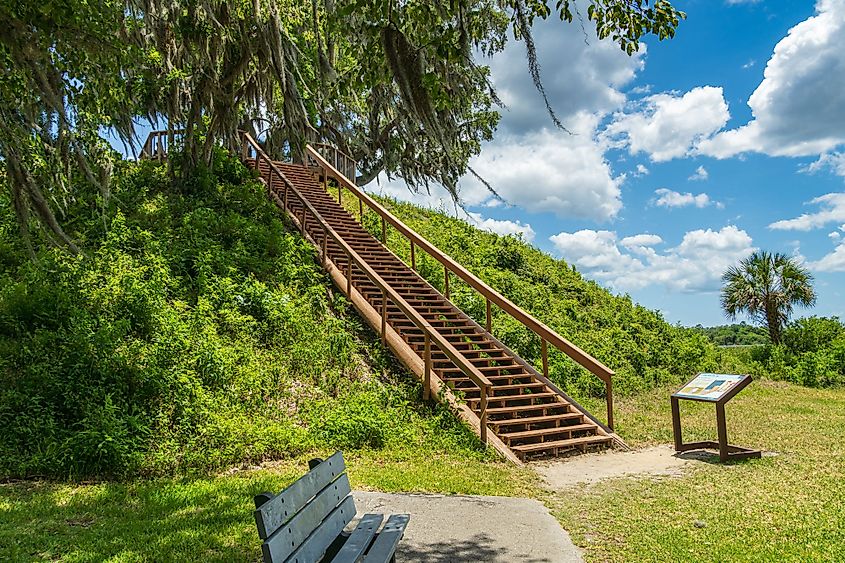
Around 500 B.C, Native Americans built a settlement along the Crystal River, which is currently the Crystal River Archaeological State Park. The settlement was abandoned later for unknown reasons before European colonization. After the Second Seminole War, the United States federal government passed the Armed Occupation Act of 1842, encouraging settlers into the area. By the mid-1800s, families started settling in the Crystal River area. Following the American Civil War, people from northern states came to Crystal River for its climate and the potential to become wealthy growing citrus fruits. The Spanish explorers brought oranges on their ships and discarded the seeds in the new world. Crystal River was part of Hernando County since its inception in 1843. However, in 1844, the county name changed to “Benton” in honor of Senator Thomas Hart Benton. Benton had sponsored the Armed Occupation Act of 1842, which had brought settlers to the area. The county name was changed back to Hernando in 1850. Hernando County was divided into three parts: Citrus County, Pasco County, and Hernando County in 1887. In 1889, phosphate was discovered in the eastern side of Citrus County, and the phosphate industry proliferated and boomed in Citrus County and Crystal River until 1914, when it could no longer be shipped due to the First World War. The railroad reached Crystal River in 1888 and provided an easier way to ship goods and encourage tourists to visit the area. Crystal River became a town in 1903 and was officially incorporated as a city on July 3, 1923.
